History Of Grand Bazaar In Istanbul

If you entered whether, from Beyazit Gate, Nuruosmaniye Gate, Urgo Gate, or Sorguçlu Han Gate, you would reach that covered market "Kapalı Çarşı" in Istanbul or the Grand Bazaar.
The Grand Bazaar in Istanbul occupies a prominent place among most tourists because this huge site is the world’s largest covered market. And the ancient history of the Grand Bazaar tells tales and stories about its originality and heritage.
The Grand Bazaar, which was established during the reign of Sultan Mehmed II "the Conqueror" between 1451 and 1481, is one of the largest and oldest covered bazaars or markets around the world, with an area of 30,700 square meters with more than 60 streets, alleys and about four thousand shops.
The Grand Bazaar has expanded in successive times to include various services in addition to direct business. It also includes restaurants, perhaps the last of which is the famous chef Nusret Gökçe restaurant (known as the Salt Bae) last year, a mosque, a hammam and its own police department, as if it were a neighborhood or a region in itself.
The question may arise about the gates of the Grand Bazaar, which number 22 gates and what are they useful for, in addition to the question about the streets of this market and how to distinguish them from each other? The answer is specialization. In order to ensure that shoppers do not get lost in the Grand Bazaar, even those who used to visit it, the gates were created according to specializations. For example, a person seeking to buy gold and jewelry enters the Beyazit gate and follows the instructions, and whoever looking for carpets and wool products, he/she should go to Zenneciler Gate, and whoever wants antiques and Ottoman items, the gate of the Nuruosmaniye or the Mercan Gate is the best entrances.
History of The Grand Bazaar
The history of the Grand Bazaar, which was created to provide Hagia Sofya with funding, is replete with events, including many disasters. It has suffered extensive damage from earthquakes and fires. In 1701 and 1750 the covered market burned down before an earthquake in 1766 left it with damage. Then there were new fires in 1791 and 1826, and then the great Istanbul earthquake in 1894, and the last fire occurred in 1954. After that fire, restoration work took place on this market for a period of five years and remains unchanged to this day.
The covered market ended in its current form after it was restored by Suleiman the Magnificent during his reign between 1520 and 1566, transferring it from wood to stone, and since then it has included handicrafts as well as buying and selling. For example, there are streets specializing in the sale of leather goods and furniture, and others for the manufacture of traditional Turkish sweets, especially Turkish delight, noting that the streets have acquired the names of professions, as we find Gold Street and Copper Street and other streets that contain famous professions.
Many may not know that the prices in the market are the most expensive in Istanbul, but they are subject to "bargaining", and the buyer who has not entered it before is surprised that the price may fall to half of his first announcement. Also, due to the size of the shops and behind them, some of them have commercial relations with countries and large international companies. The amount of gold that is shipped from the market daily is enormous, as is what leather shops and heritage products sell, especially those used in drama and cinematic works. It is reported that the clothes of the actors in most of the historical Turkish TV works are bought from the Grand Bazaar. On the other hand, there is a store in the market dating back more than 155 years, with which the major production companies in Hollywood are dealing with to import clothes and fabrics for use in cinematic works, as well as Turkish production companies, buy from them for their famous series, such as the Resurrection of Ertugrul. According to the latest available data, the market includes about 2,500 shops and craft stores, cafes and restaurants, while the number of workers in the market exceeds 26,000 people. As for the number of visitors to the market last year, it was estimated at 100 million. It should be noted that viewing this market with the naked eye is completely different from hearing any description or seeing any photography. You can book your tour in the Grand Bazaar by visiting our services page, in which you will find many services and interesting and useful tours.




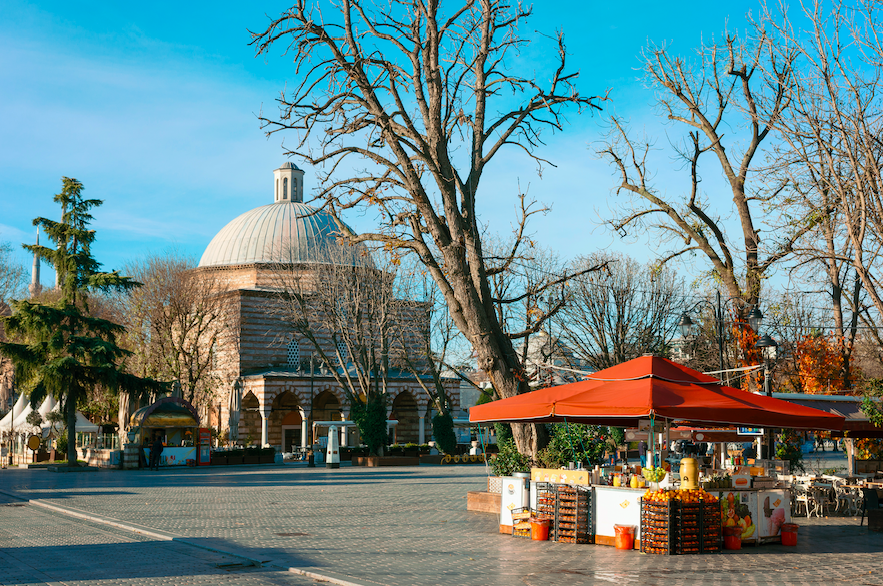
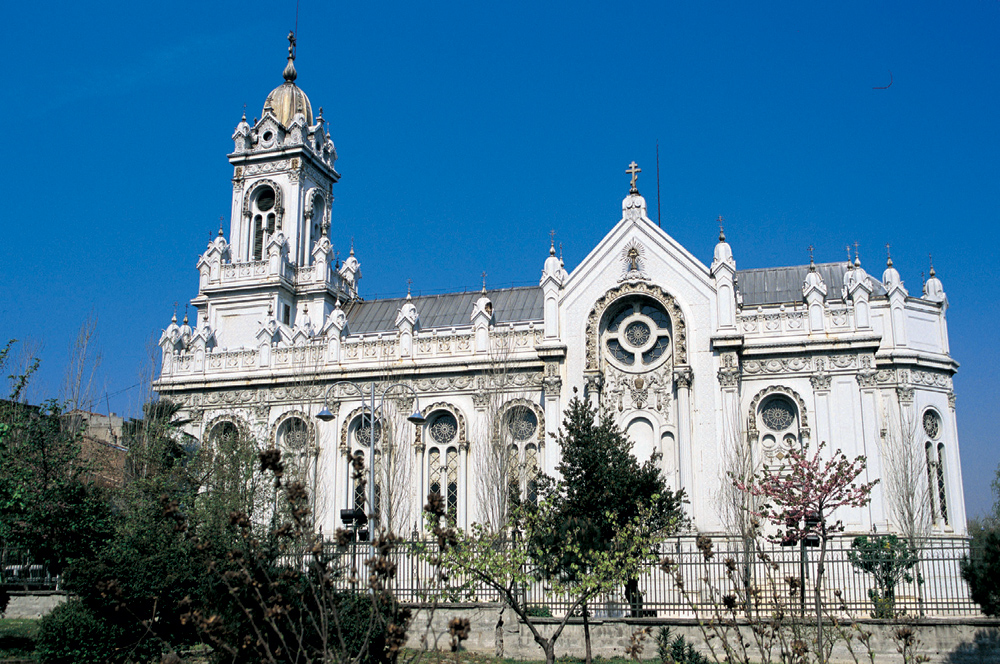
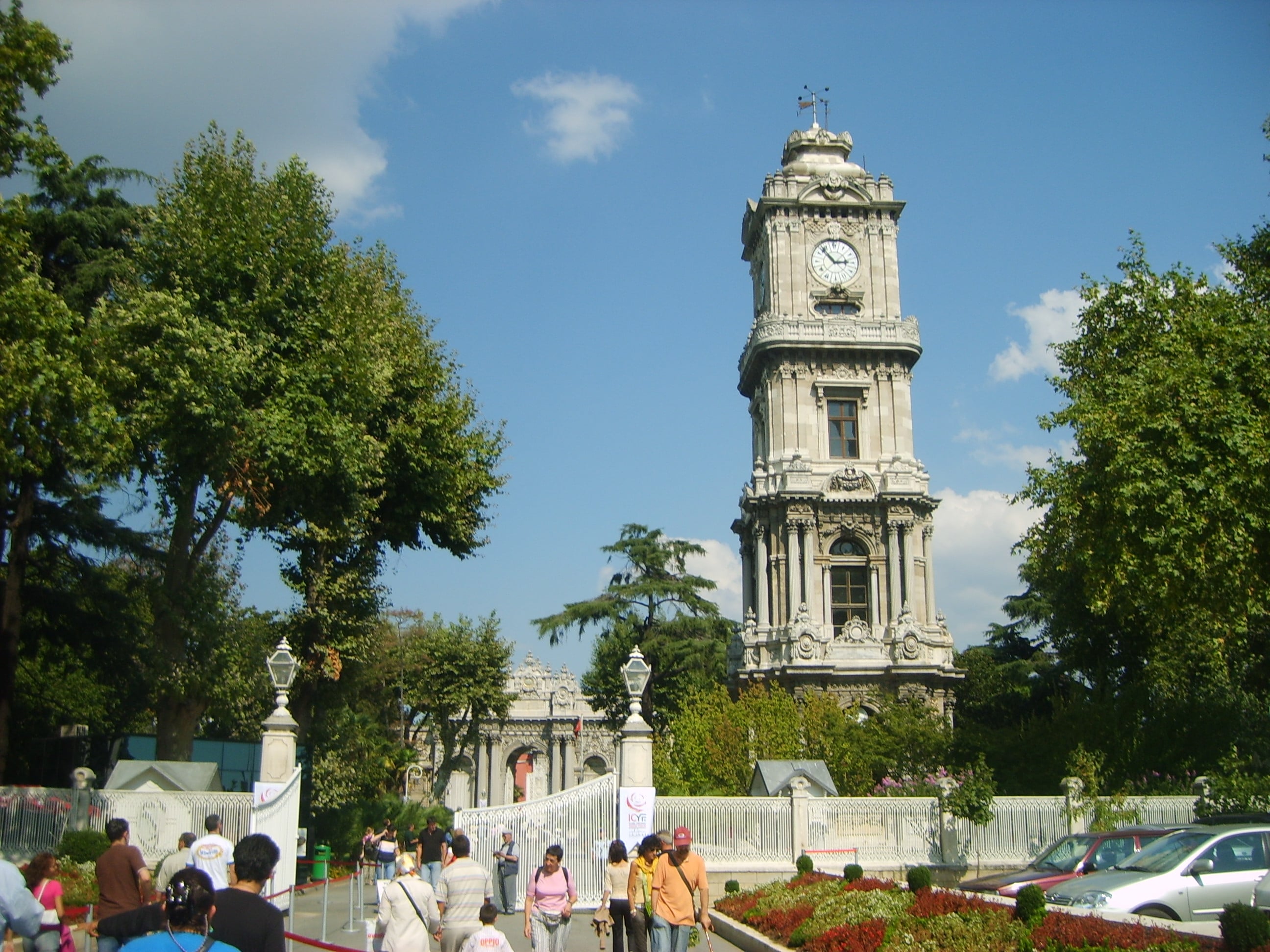
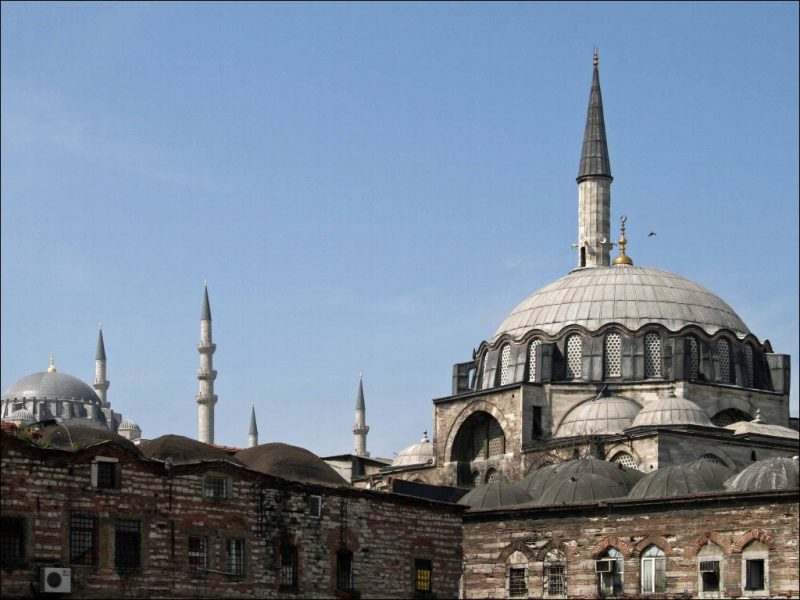
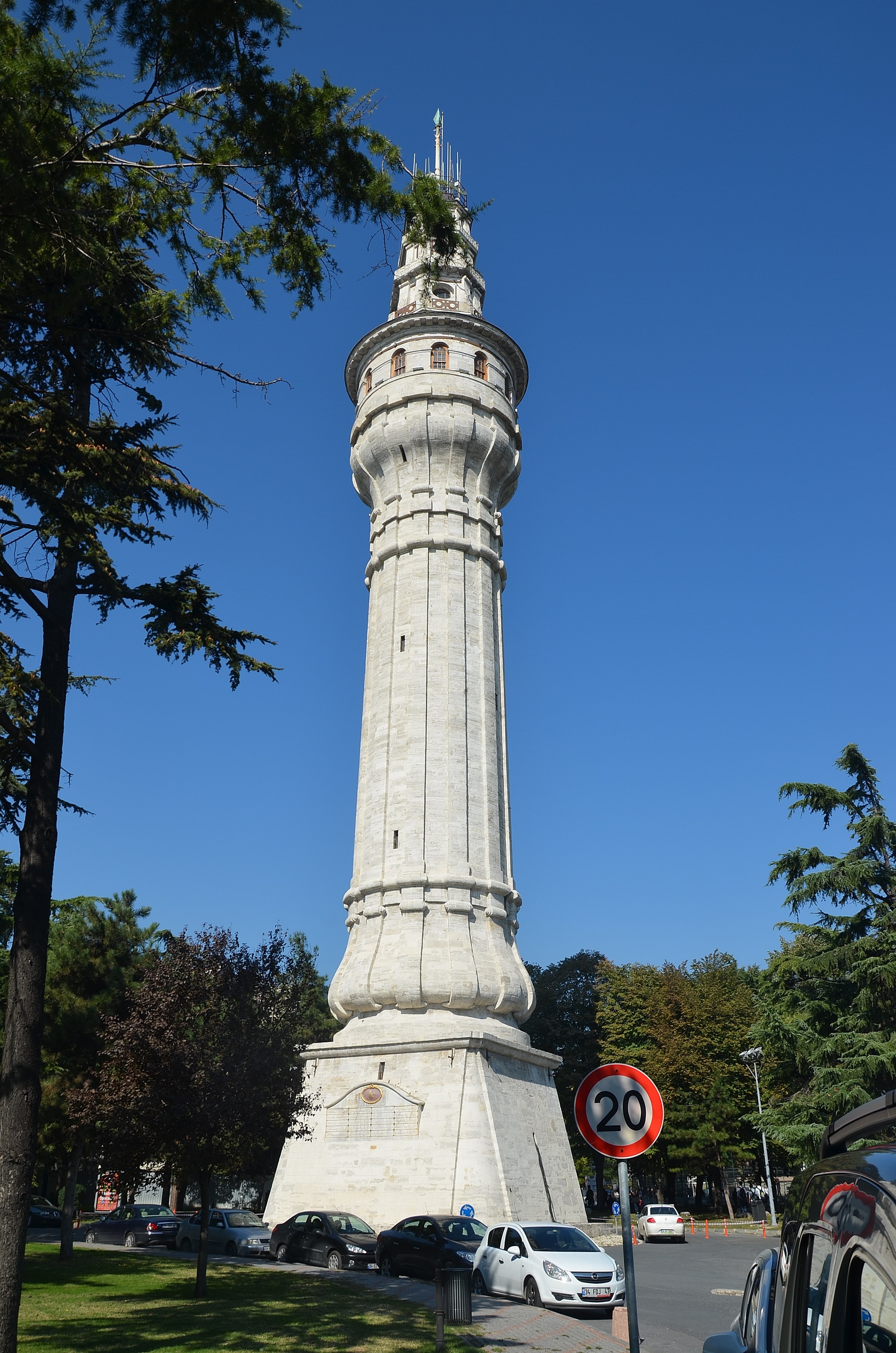
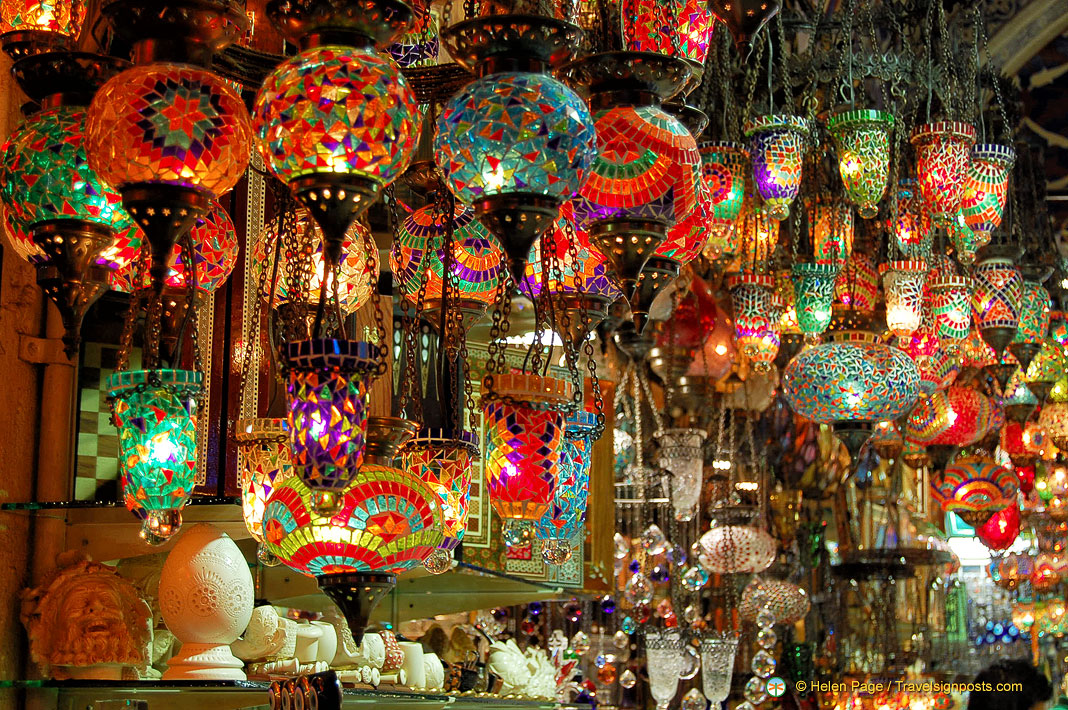
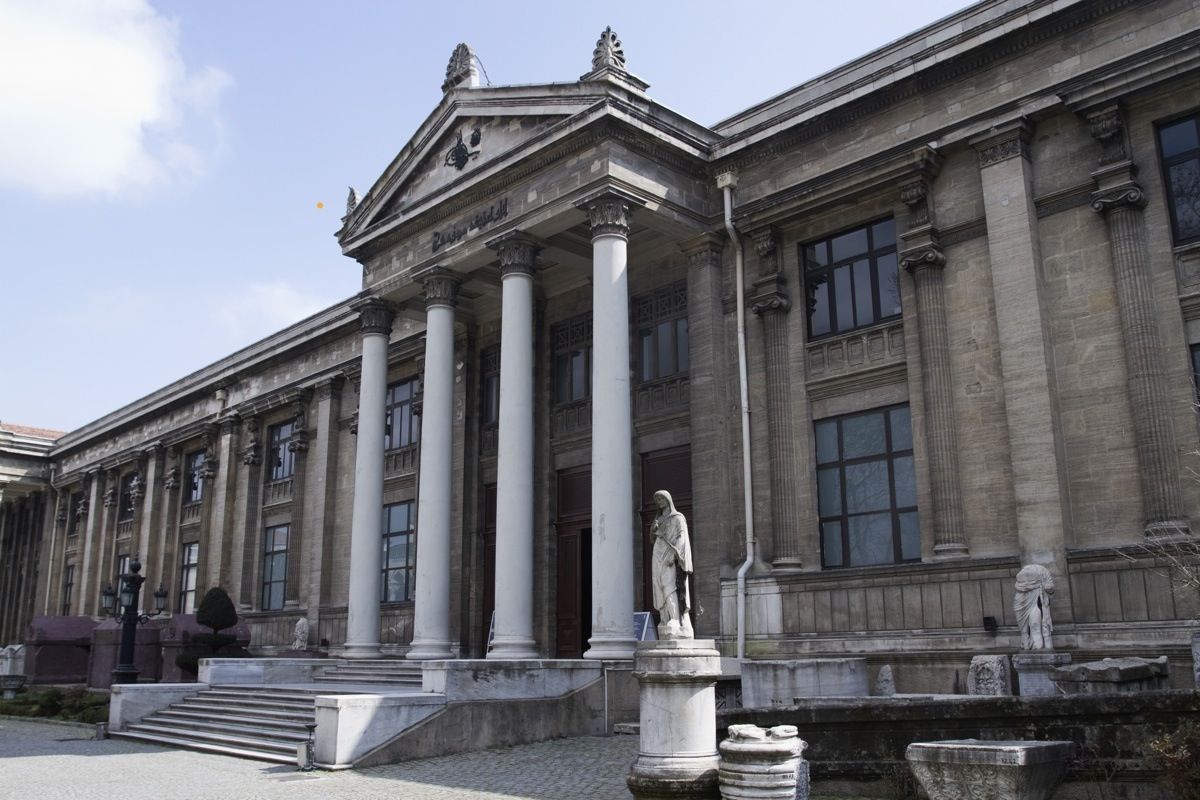
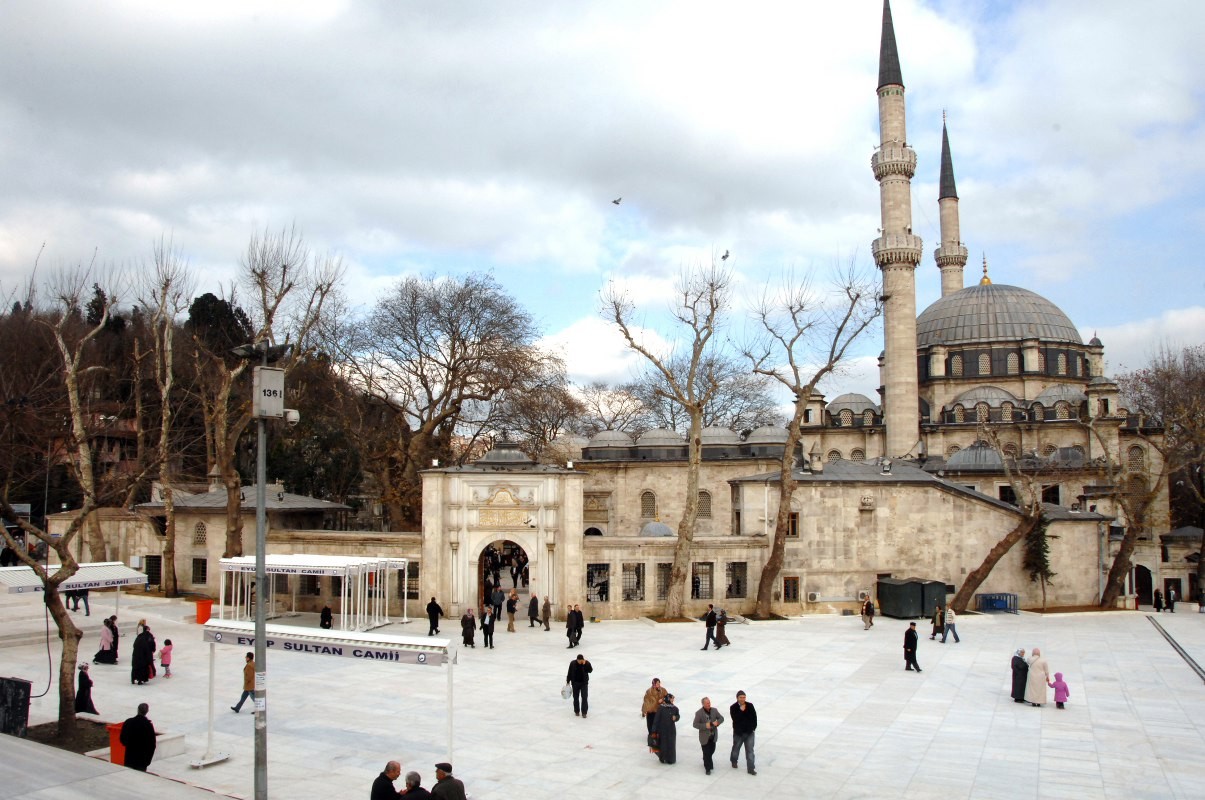


.jpg)
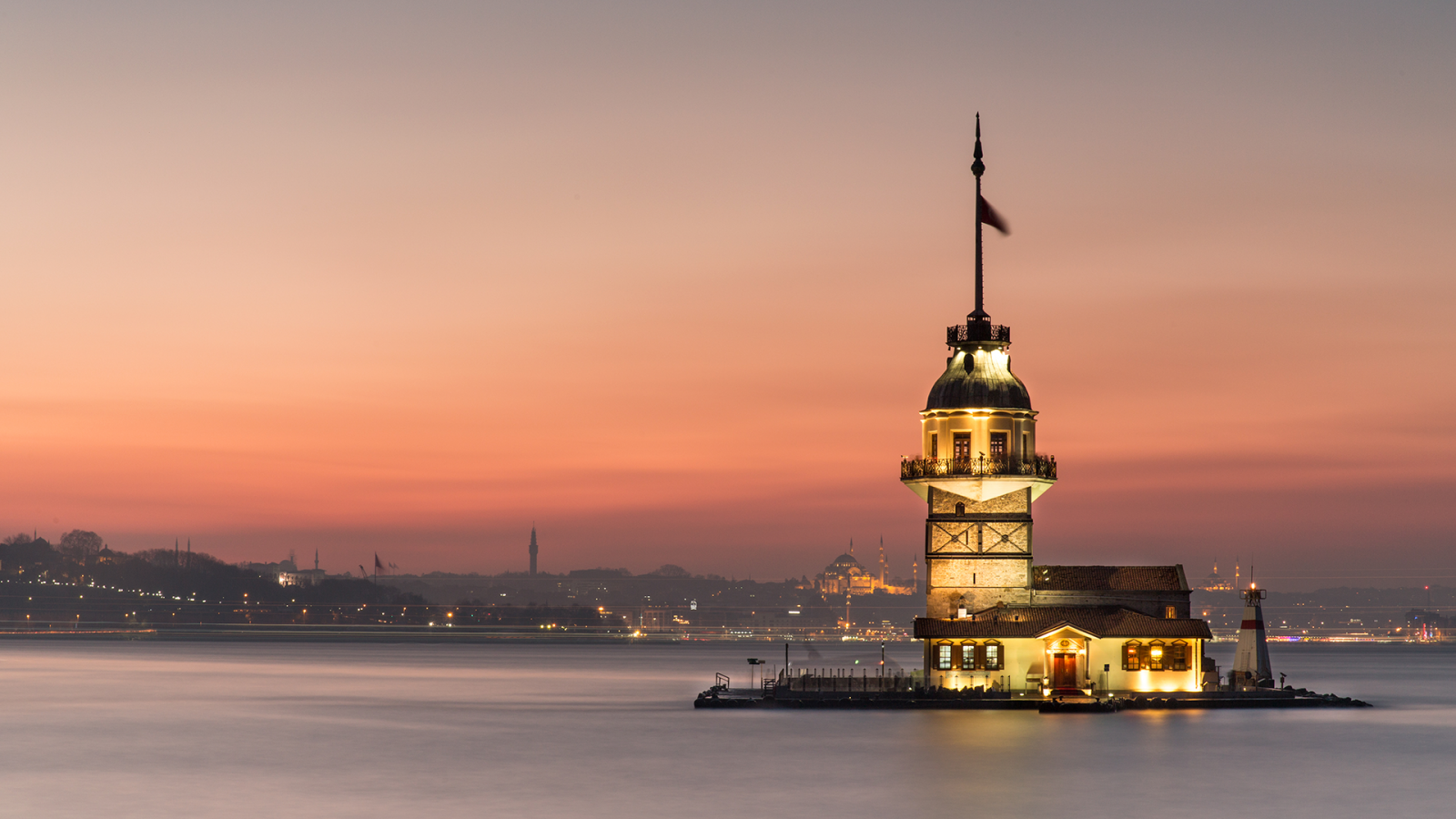
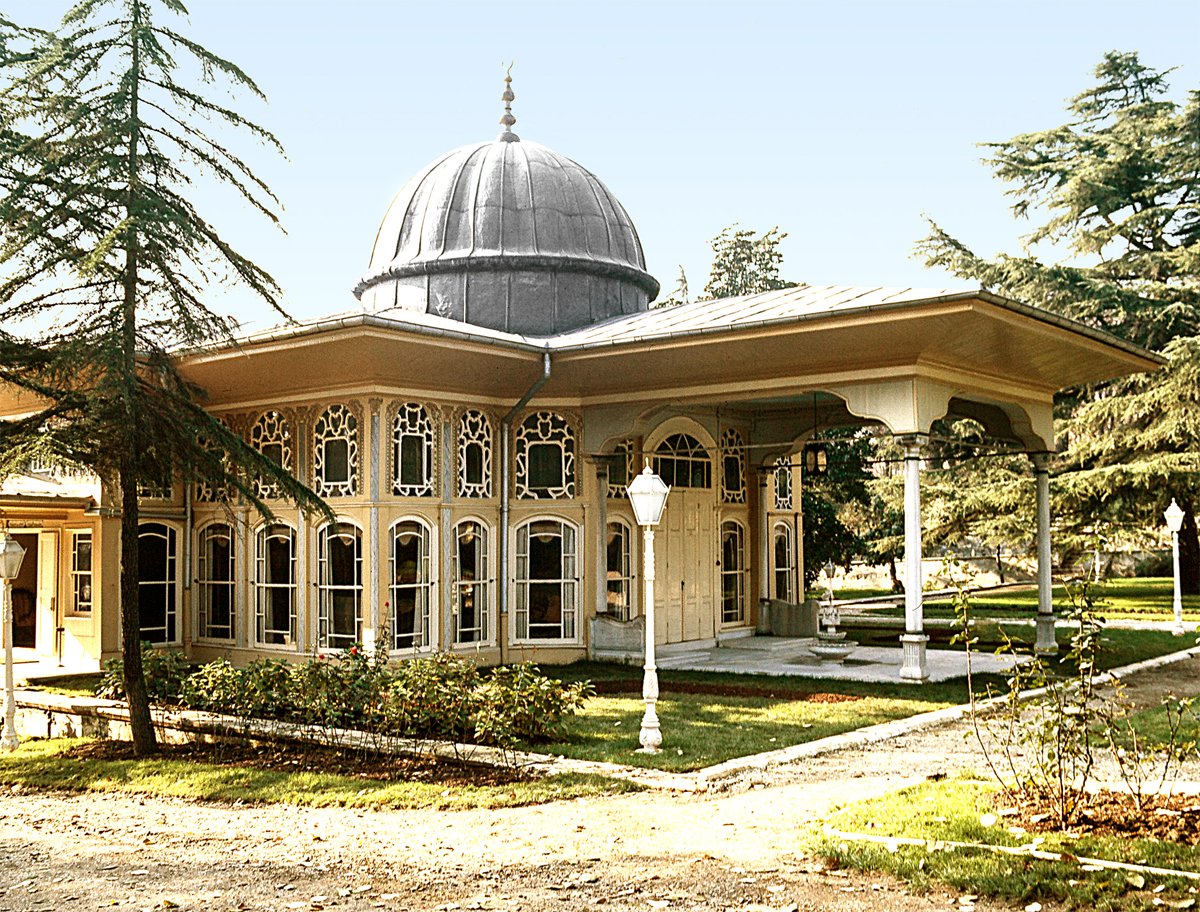

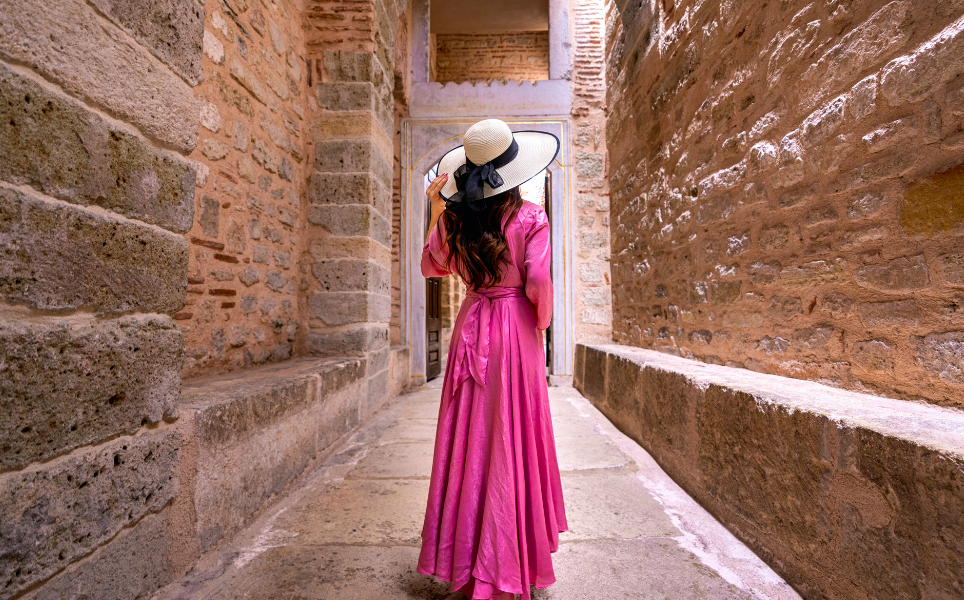


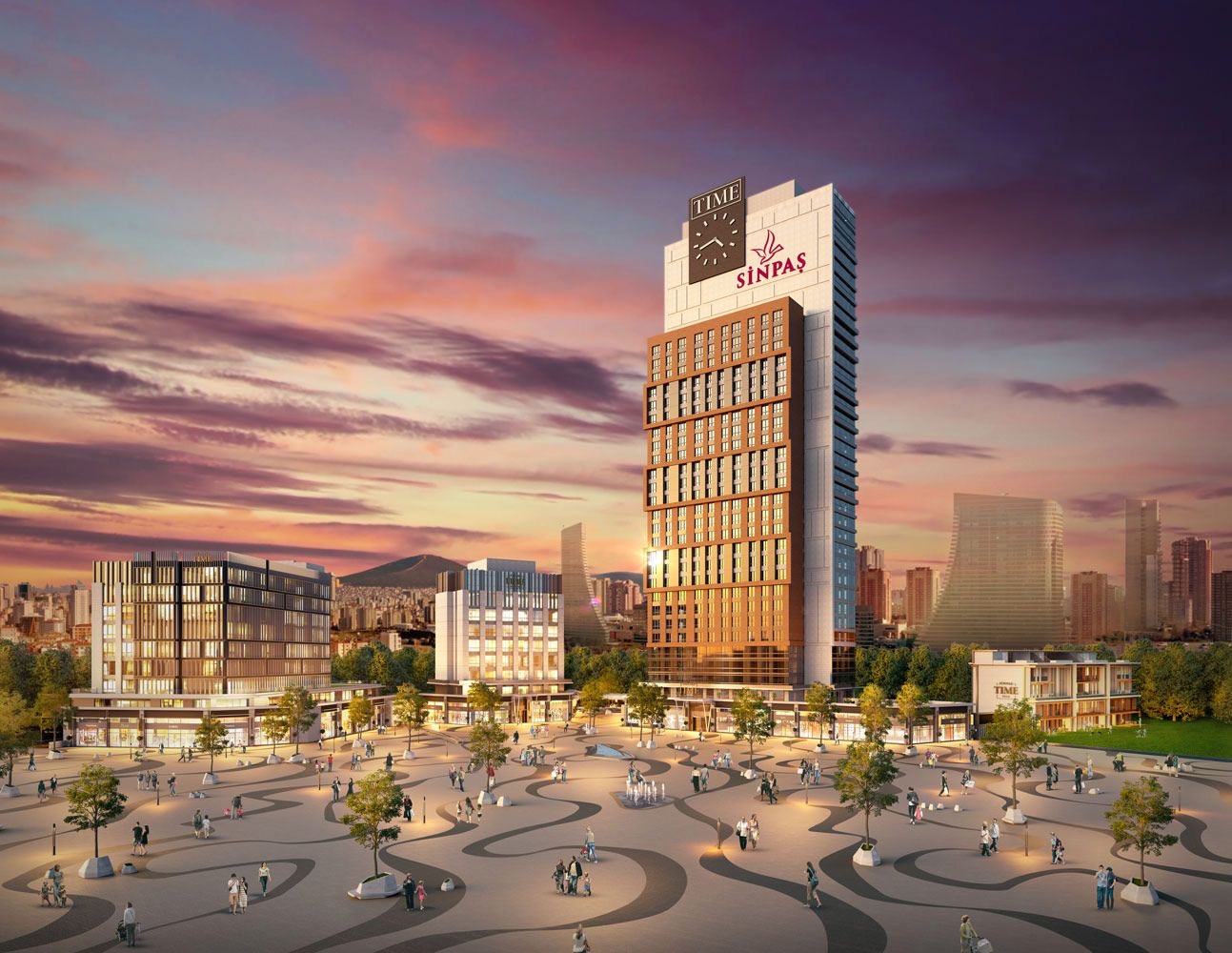

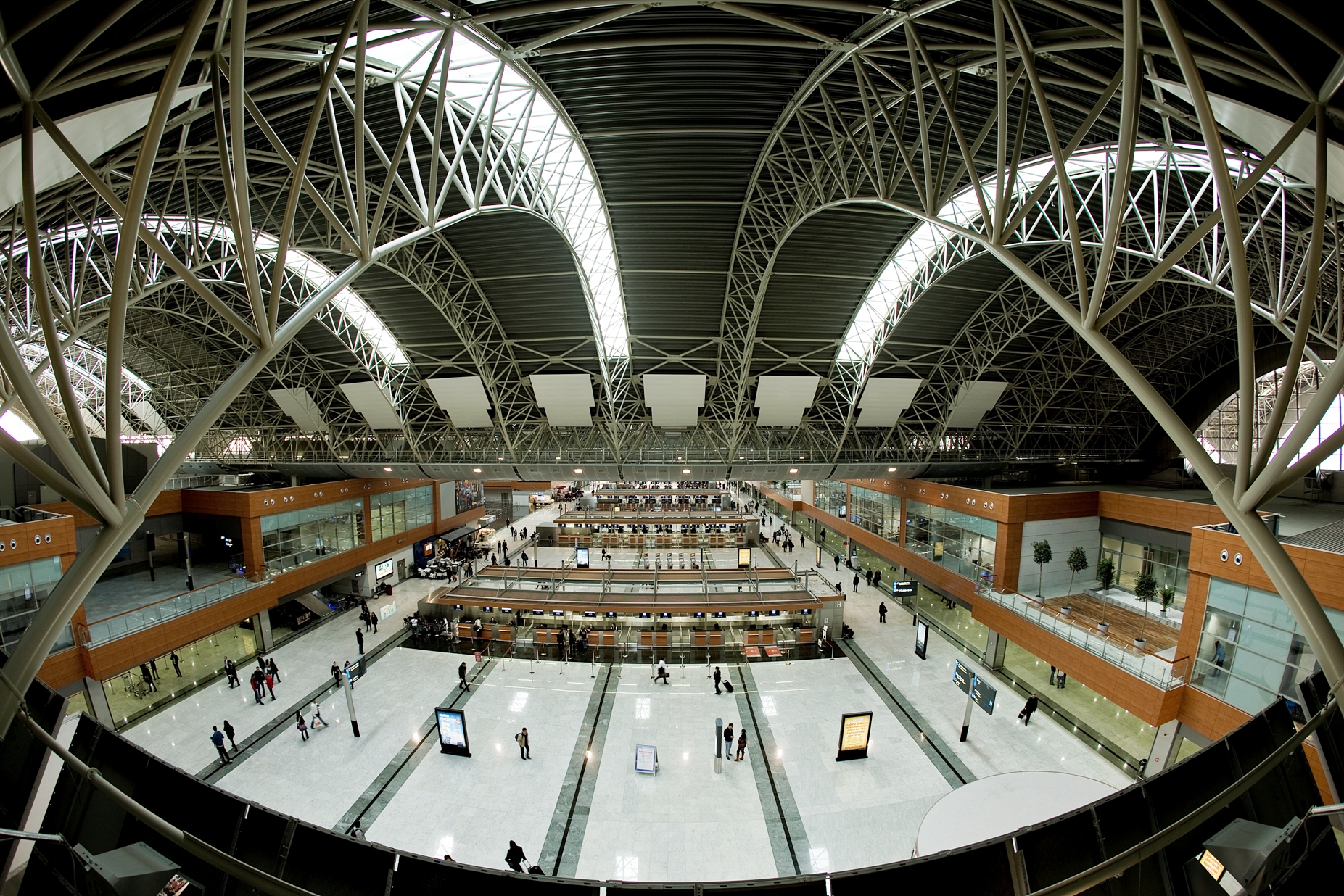

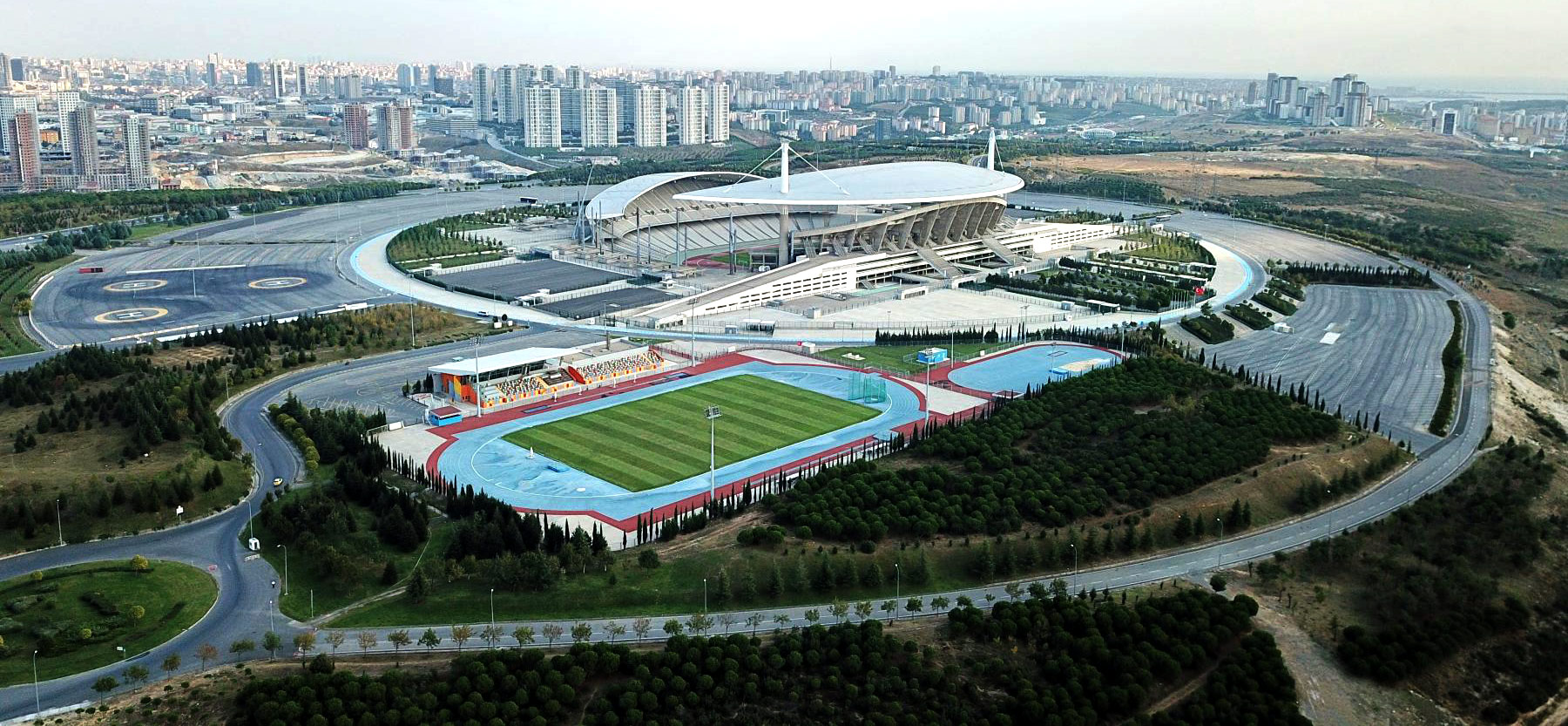
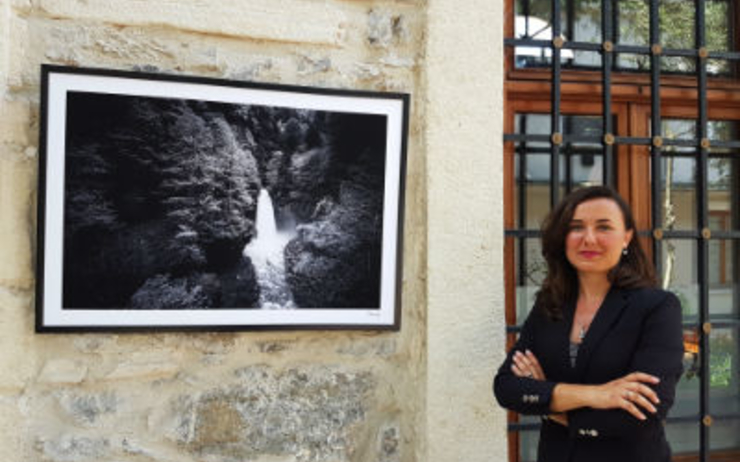
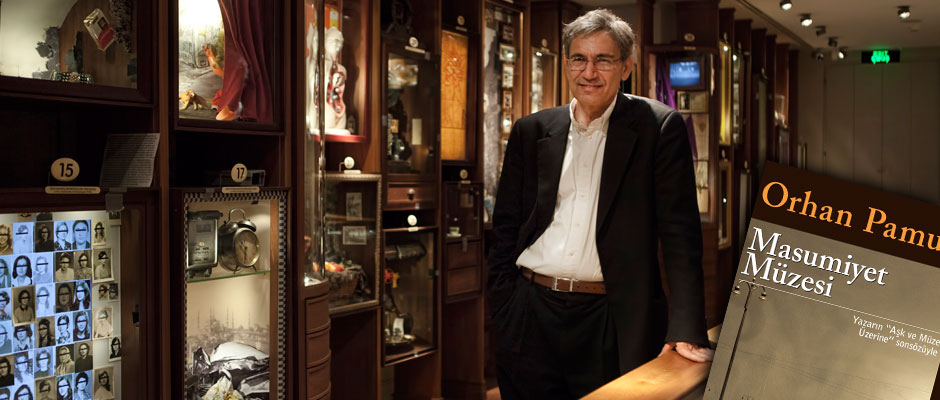


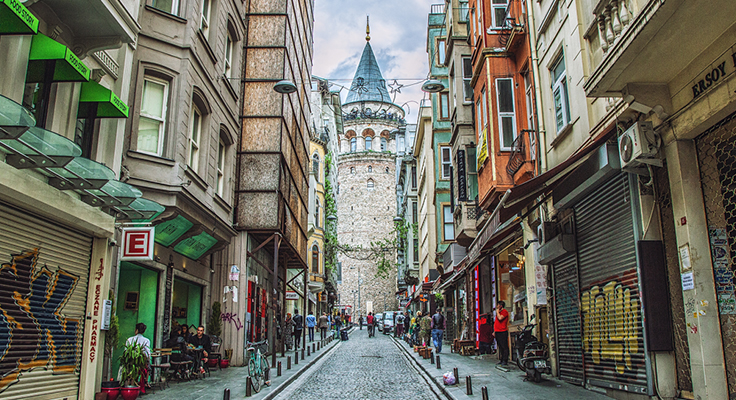
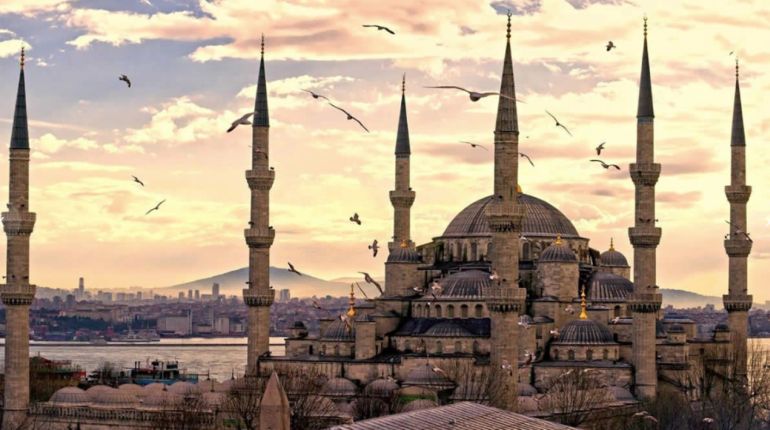
More posts by Etiya Res